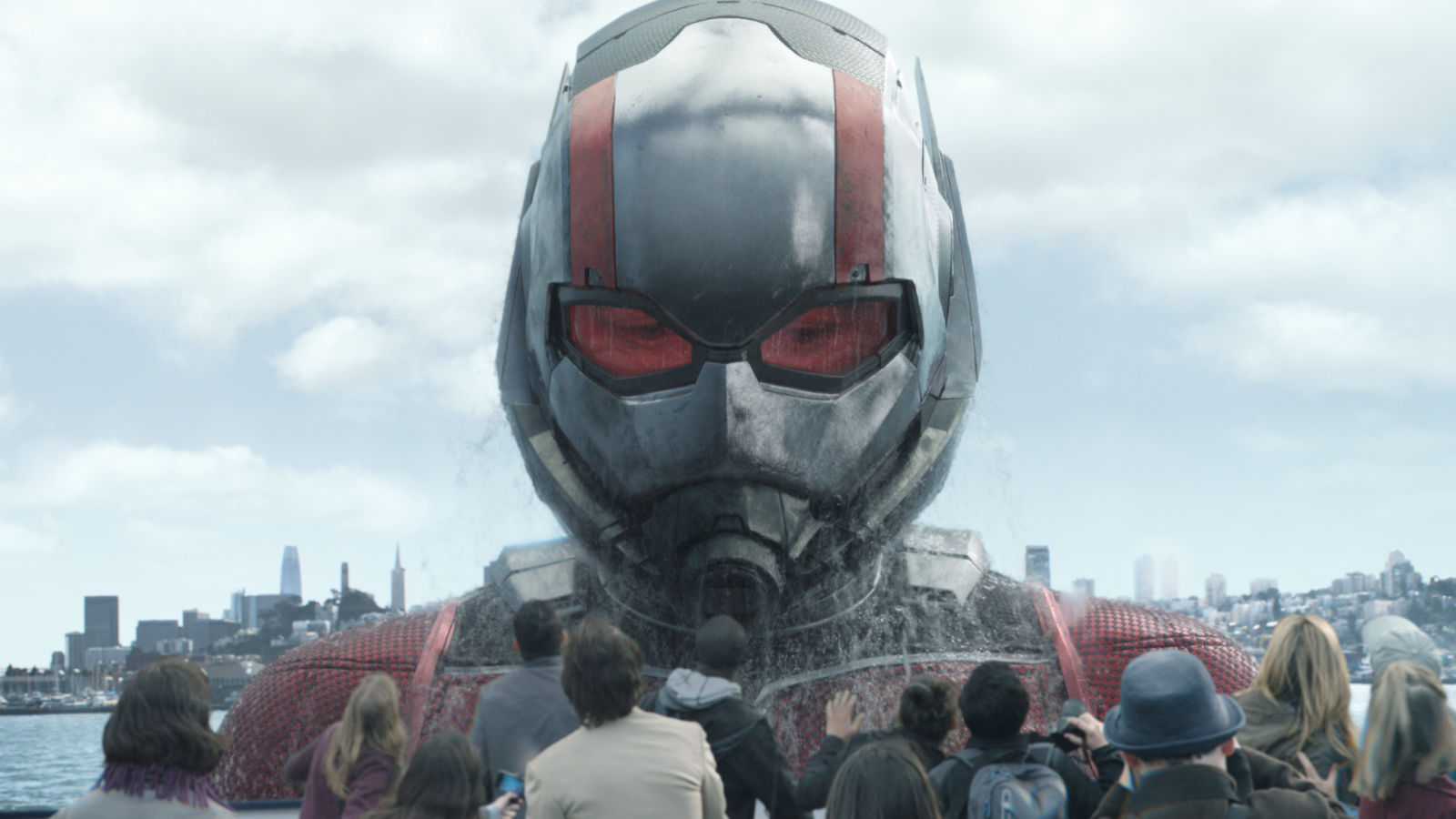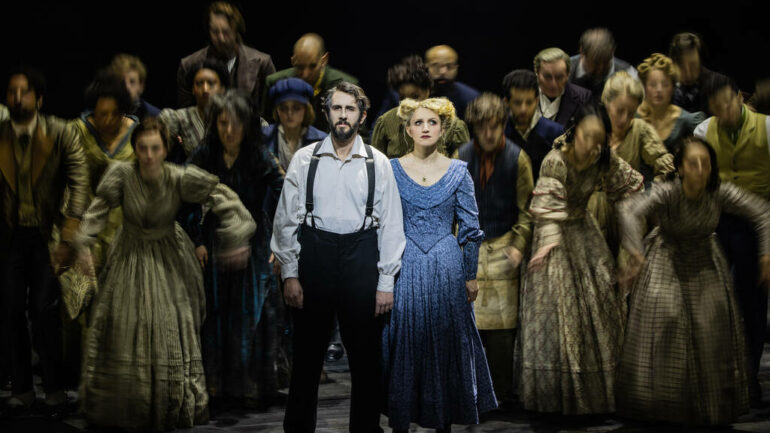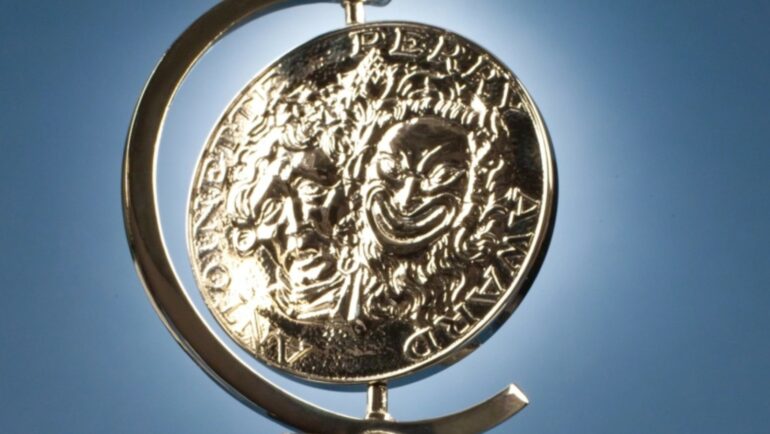chevron_left
-
play_arrow
NGradio So good... like you
lessed with the wackiest superpowers and least essential backstory in the Marvel Cinematic Universe, Scott Lang (Paul Rudd), a.k.a. Ant-Man, has become the little guy of the blockbuster franchise, the closest equivalent to an everydude in this world of supersoldiers, geniuses, aliens, and kings. While other headlining heroes wrestle with the sins of the fathers (literally in the recent Guardians Of The Galaxy Vol. 2, Thor: Ragnarok, and Black Panther), the reformed small-time crook is just trying to be a better dad to the daughter he co-parents with his ex-wife (Judy Greer) and her husband (Bobby Cannavale). In Ant-Man And The Wasp, which is set before the mega-events of this year’s Avengers: Infinity War, we find that he’s been living under house arrest in San Francisco ever since the kerfuffle of Captain America: Civil War, though he’s still got his little girl on the weekends. He’s been learning magic tracks (which, in a running gag, only seem to impress other grown men) and trying to start a small business called X-Con Security with his chatterbox buddy Luis (Michael Peña). If the overarching theme of the MCU has been one of responsibilities, Scott Lang’s remain relatably small.
But human stories aren’t part of the Marvel films’ business plan, and director Peyton Reed, who also helmed 2015’s Ant-Man (taking over from Edgar Wright, who’d been developing the project since before Marvel Studios was even a twinkle in Kevin Feige’s eye), isn’t one to wring pathos from the situation of a divorced ex-con. Like the first film, which hit theaters between Avengers: Age Of Ultron and Civil War, Ant-Man And The Wasp is meant as a break from the ongoing interpersonal and planetary conflicts of the rest of the MCU—an effects-driven shaggy-dog story of capers and ticking countdowns, with a cast of oddballs who tend to get distracted by the small stuff. Though, ironically, daddy issues play an even more central role here that in the tentpole Marvel movies, thanks to Dr. Hank Pym (Michael Douglas), the original Ant-Man and inventor of a far-out size-changing technology (involving so-called “Pym Particles” and special suits) whose Alice In Wonderland effects can cause madness in the wrong hands. There’s also some telepathy involved, allowing the wearer of the Ant-Man get-up to command his insect namesakes.
As the 95-year-old Stan Lee exclaims in his requisite cameo, it’s all because of ’60s—not the druggy late ’60s, but the Space Age early ’60s, when Lee and his brother, Larry Lieber, co-created Ant-Man with Jack Kirby, the comics godhead whose art bridged the decade’s Cold War imaginings and its later psychedelic phase. Like Captain America, another former agent of the defunct spy agency S.H.I.E.L.D., Pym represents an earlier time. His history of former partners, former protégés, failures, and technologies that fell into the wrong hands drives the plots of both Ant-Man and Ant-Man And The Wasp. Understandably, a lot of his guilt and lost idealism stems from the Cold War rebound of the 1980s, when his wife and superhero partner, Janet Van Dyne (Michelle Pfeiffer), a.k.a. The Wasp, was sucked into the subatomic Quantum Realm. In Ant-Man And The Wasp, he sets out to get her back by way of a “quantum tunnel.” But he also needs the help of Scott, who apparently became “quantum-entangled” with Janet on his own trippy foray into the Quantum Realm in Ant-Man. (There’s a lot of quantum gobbledygook in Ant-Man And The Wasp; naturally, the movie pokes fun at it.)
With only days left in his sentence, Pym and his daughter, Hope Van Dyne (Evangeline Lilly), whisk Scott away from his house and slap his ankle monitor on an ant that follows his daily routine to the minute. Scott and Hope were an item in the original Ant-Men, but by this point, they haven’t spoken in some time; while he took a plea bargain for his illegal superheroics, they’ve been living as fugitives, evading the feds by traveling light, with a fleet of getaway cars that fits into an old Hot Wheels rally case and a multi-story lab that shrinks down to the size of a rolling suitcase, complete with a telescoping handle. Reed has a long background is in comedy, having cut his teeth directing sketches for Mr. Show and the Upright Citizen Brigade TV series (along with a few Disney TV movies) before moving on to the likes of Bring It On, Down With Love, and Yes Man. But his special effects are among the best in the MCU, in part for their effortless treatment of changing scale. (There’s ingenious trickery with focal lengths involved in avoiding the Honey, I Shrunk The Kids look.) Ant-Man may offer some of the least extravagant spectacle in the franchise (the characters charge across kitchens, not Wakandan plains), but it’s also some of most seamless.
But that’s kind of the point. While the aforementioned Thor: Ragnarok may be kookier, funnier, and more irreverent, Ant-Man And The Wasp is arguably even more of a straightforward comedy, to the point that it doesn’t even have a primary villain—only a secondary one, in the form of the gentleman sci-fi-tech black-marketeer Sonny Burch (Walton Goggins). Seemingly taking its cues from Luis’ motor-mouthed voice-over montages from the first film (which return here), it zig-zags breathlessly. In this respect, it moves more consistently than its predecessor, even as the characters keep getting lost in digressive back-and-forths on subjects ranging from truth serums to the value of springing for a deluxe car wash. At every turn, there’s some new problem, a doohickey that needs to be stolen back, or the odd encounter with Ghost (Hannah John-Kamen), a mystery woman who can phase through solid matter and sleeps in a chamber with Fresnel lenses for walls. Not to mention the watchful eye of the clean-cut FBI agent and part-time youth pastor Jimmy Woo (Randall Park, in one of the movie’s funniest supporting roles), who will send Scott to prison if he catches him breaking the rule of his house arrest.
Throughout, the characters keep changing size; Hope, who has taken on her mom’s role as the new Wasp, now has a winged high-tech suit of her own, while Scott has been saddled with a malfunctioning older model, at one point getting stuck at the height of a small child. It all climaxes with a fun car chase through the streets of San Francisco, with our heroes using Pym’s technology to shrink their pursuers’ bikes out from under them and lob giant Pez dispensers in their way. But the scale of the stakes never changes. For better and worse, Ant-Man And The Wasp knows it’s small potatoes.
Source: film.avclub.com
Written by: New Generation Radio
Similar posts
ΔΗΜΟΦΙΛΗ ΑΡΘΡΑ
COPYRIGHT 2020. NGRADIO
We use cookies on our website to give you the most relevant experience by remembering your preferences and repeat visits. By clicking “Accept”, you consent to the use of ALL the cookies.
Manage consent
Privacy Overview
This website uses cookies to improve your experience while you navigate through the website. Out of these, the cookies that are categorized as necessary are stored on your browser as they are essential for the working of basic functionalities of the website. We also use third-party cookies that help us analyze and understand how you use this website. These cookies will be stored in your browser only with your consent. You also have the option to opt-out of these cookies. But opting out of some of these cookies may affect your browsing experience.
Necessary cookies are absolutely essential for the website to function properly. This category only includes cookies that ensures basic functionalities and security features of the website. These cookies do not store any personal information.
Any cookies that may not be particularly necessary for the website to function and is used specifically to collect user personal data via analytics, ads, other embedded contents are termed as non-necessary cookies. It is mandatory to procure user consent prior to running these cookies on your website.
0%
Suport Us!





















Post comments (0)